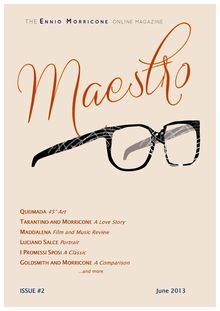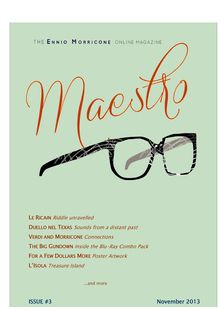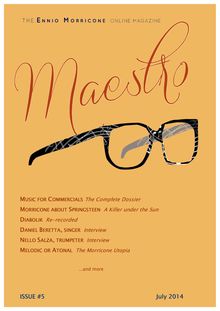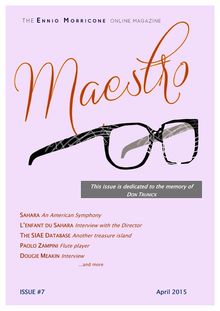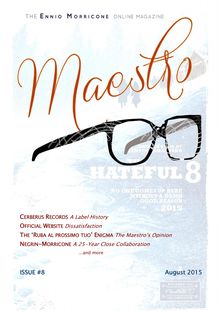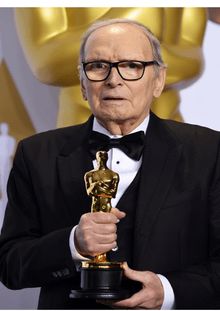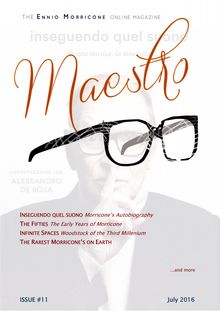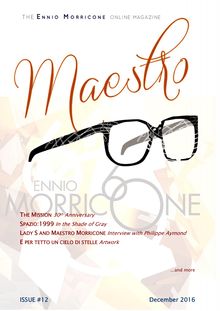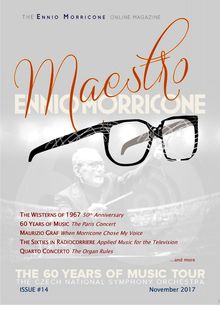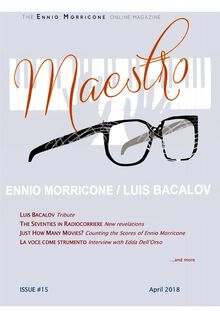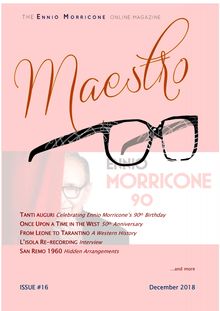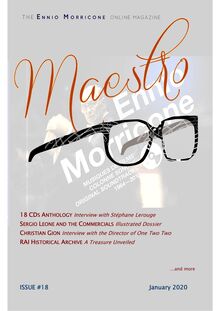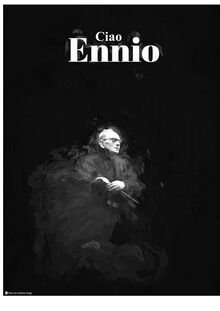Maestro, the Ennio Morricone Online Magazine, Issue #1 - February 2013
53
pages
English
Documents
2015
Le téléchargement nécessite un accès à la bibliothèque YouScribe Tout savoir sur nos offres
53
pages
English
Documents
2015
Le téléchargement nécessite un accès à la bibliothèque YouScribe Tout savoir sur nos offres
Publié par
Publié le
28 octobre 2015
Nombre de lectures
46
Licence :
Langue
English
Poids de l'ouvrage
15 Mo
Publié par
Publié le
28 octobre 2015
Nombre de lectures
46
Licence :
Langue
English
Poids de l'ouvrage
15 Mo
